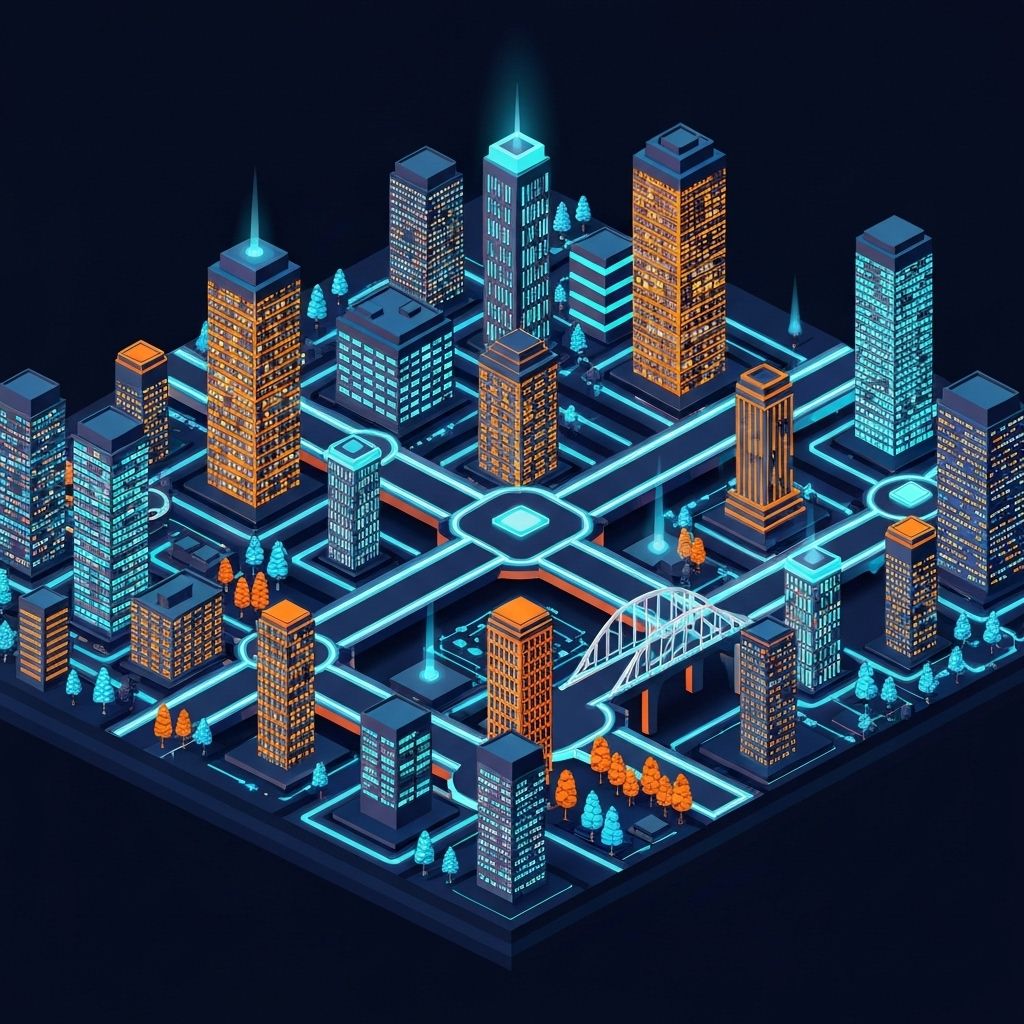 BlockThienth
BlockThienthWhat we do
Engineering solutions for the digital age.
BlockThienth® is a complex systems engineering, R&D, and analytics firm. By integrating cutting-edge research, applied mathematics, and computational engineering, we analyze and design safe and resilient socio-technical systems for clients and partners spanning various sectors including for-profit, non-profit, academia, and government.
(Most clients think their problem can be solved with a spreadsheet. They're usually wrong.)

How we do it
Our R&D occurs in iterative cycles between open-source research and software development, and application of the research and tools to client projects. Our client work includes design and evaluation of economic and governance mechanisms based on research, simulation, and analysis.
(Clients: "Can you just make a quick model?" Us: "Sure, after 6 months of stakeholder interviews and mathematical proofs.")
We also provide post-launch monitoring and maintenance via reporting, analytics, and decision support software.
(Turns out systems need maintenance. Who knew? Everyone except your CFO, apparently.)
Domains of Expertise
The things your stakeholders think are "just common sense" but actually require PhDs.
Decision Theory
Rigorous mathematical frameworks for optimal decision-making under uncertainty, incorporating utility theory, probability, and strategic reasoning.
(No, your gut feeling is not a valid decision framework)
Mechanism Design
Reverse game theory: designing rules and incentive structures that produce desired outcomes even when participants act in their own self-interest.
(Your "honor system" isn't going to work, Karen)
Complex Systems
Analysis of emergent behaviors, feedback loops, and non-linear dynamics in systems with many interacting components.
(It's not "just a few moving parts" - you have 47 stakeholders and 12 legacy systems)
Dynamical Systems
Mathematical modeling of time-evolving systems using differential equations, stability analysis, and phase space methods.
(Your Excel trend line is not a dynamical model)
Agent-Based Modeling
Computational simulation of autonomous agents with heterogeneous behaviors to study emergent system-level phenomena.
(Because your users won't all behave "rationally" like you assume)
Data Science
Statistical analysis, machine learning, and computational methods for extracting insights from large-scale datasets.
(No, you can't just "throw AI at it" and call it a day)
Ready to Make Your Thystems More Complex?
Think your problem is simple? Let's schedule a discovery call where we gently explain why it's not.